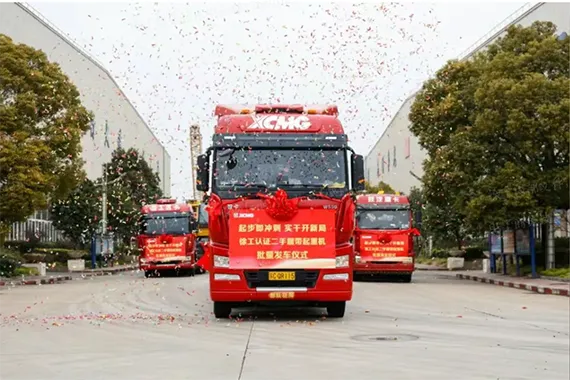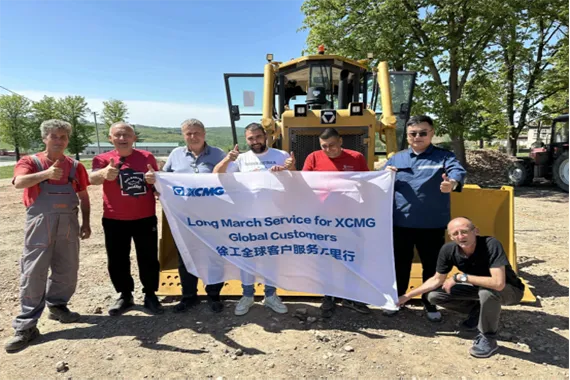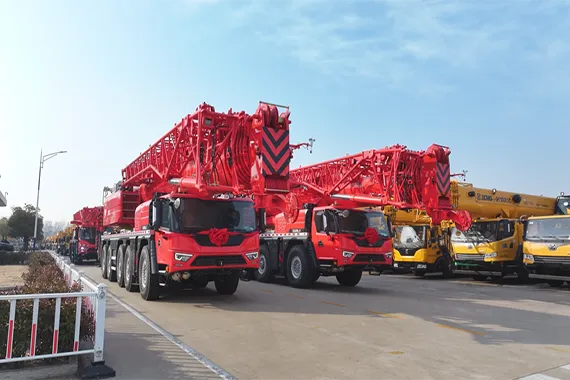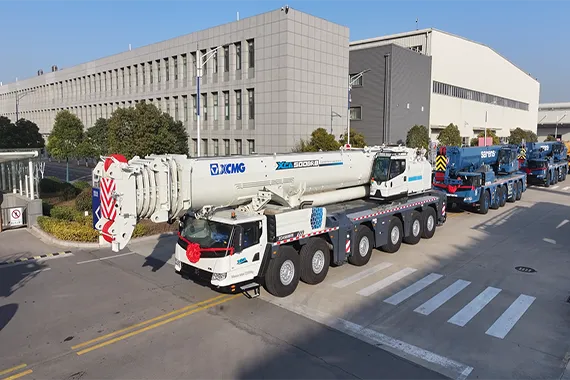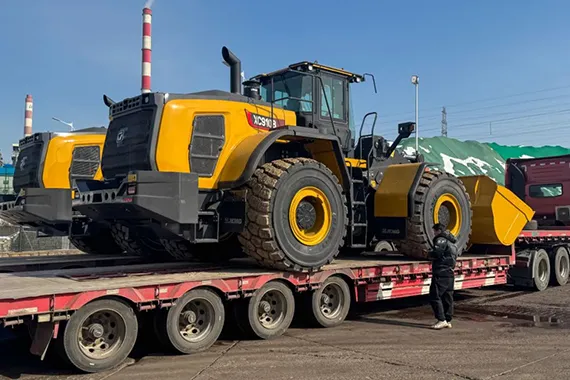The Role of Construction Machine Control Technology in Reducing Carbon Emissions

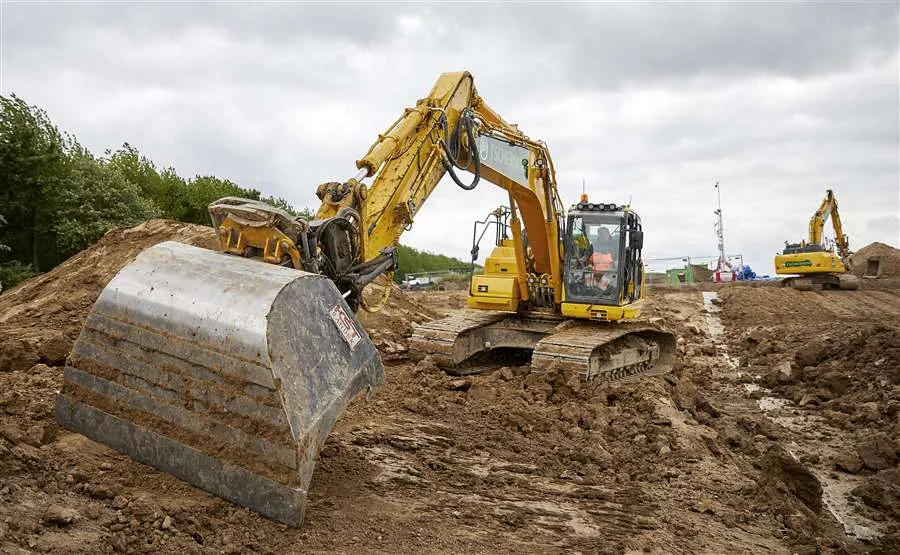
Starting in early 2024, a significant portion of the European construction sector will need to reassess its environmental footprint, as new sustainability reporting legislation is set to take effect.
Topcon Positioning Solutions has recently published a report titled *The Future of Machine Control*. In it, Luc Le Maire, the company's Senior Vice President and General Manager for EMEA, highlights how machine control can contribute to reducing emissions and demonstrates the industry's commitment to a sustainable future.
Le Maire points out that the Corporate Sustainability Reporting Directive (CSRD) marks a pivotal shift in the regulatory landscape for construction firms across the European Union. This directive establishes sustainability reporting standards that are as rigorous as financial reporting.
"Most large construction companies, as well as many small and medium-sized enterprises, will be impacted by this change," Le Maire notes. "This new form of reporting won't focus solely on figures but will also demand transparency in how business strategies and governance affect environmental outcomes.
"In essence, the time has come for the construction sector to actively show its efforts to lower emissions."
Topcon’s research, which surveyed over 1,000 senior-level professionals in the European construction industry, reflects a generally optimistic outlook regarding the sector’s ability to decarbonize.
According to the survey, more than two-thirds (67%) of participants believe that construction will achieve net-zero emissions by 2050. However, 30% still view meeting sustainability targets as a considerable hurdle. Le Maire stresses that machine control technology is one of the steps companies can adopt now to move towards more sustainable practices.
Le Maire explains that construction firms face mounting challenges, from escalating material costs to shrinking profit margins and increasing demand for projects. This makes efficiency a central concern, not just for profitability but also for sustainability.
“Clients are becoming as focused on reducing unnecessary emissions as they are on minimizing budget waste,” Le Maire says. “This is where machine control becomes a game-changer. The benefits, such as improved precision and efficiency, were highlighted by a quarter of survey respondents as the primary advantages of adopting machine control systems."
He continues, “Machine control was also identified as one of the top strategies for reaching future sustainability goals. The consensus is clear—greater efficiency and precision will lead to a more sustainable industry.”
While much progress is still needed to achieve net-zero emissions in construction, Le Maire believes machine control technology can serve as a critical enabler for companies seeking improved accuracy and efficiency. It will also help them provide clients with lower carbon solutions and prepare for the more stringent sustainability reporting requirements that the CSRD will soon enforce.
A Starting Point for Change
Regulatory reporting is just the beginning of the EU's broader ambition to reach net-zero emissions in the built environment. As Le Maire explains, "If you can’t measure it, you can’t manage it." The CSRD will likely be followed by more regulations that require companies to actively cut their carbon output, not just report it. Embracing tools like machine control can signal a company’s commitment to sustainability, even if it isn't ready for a complete operational overhaul.
Le Maire adds, “Getting accustomed to the sustainability data that the CSRD mandates will benefit businesses in the long run, as the relationship between construction and data will only grow stronger in the future."
The next generation of leaders will especially need to grapple with this, as nearly half (46%) of respondents aged 25–34 in Topcon’s survey indicated that managing complex project data is a significant challenge.
“To support them in handling this task efficiently and consistently, equipping them with the right tools will be vital,” Le Maire emphasizes.
He also sees machine control as a foundation for future collaborative successes, adding, "Modern construction projects involve various stakeholders, and each of their carbon footprints is affected."
This interconnectedness is reflected in the new regulations, which require companies to consider their wider impact on the overall business ecosystem.
Le Maire concludes, "By leveraging automation and digital workflows, we can create sustainability reports that are more accurate, easier to share, and smoother to navigate—paving the way for the industry to work together toward net-zero goals."
Topcon’s research suggests that the construction industry is optimistic about its sustainable future, and successful implementation of the CSRD will be a significant step in that direction.
“Though challenging, machine control technology provides a valuable tool for construction firms already facing a tough market. It's an immediate step we can take and a vital opportunity we shouldn’t miss.”
